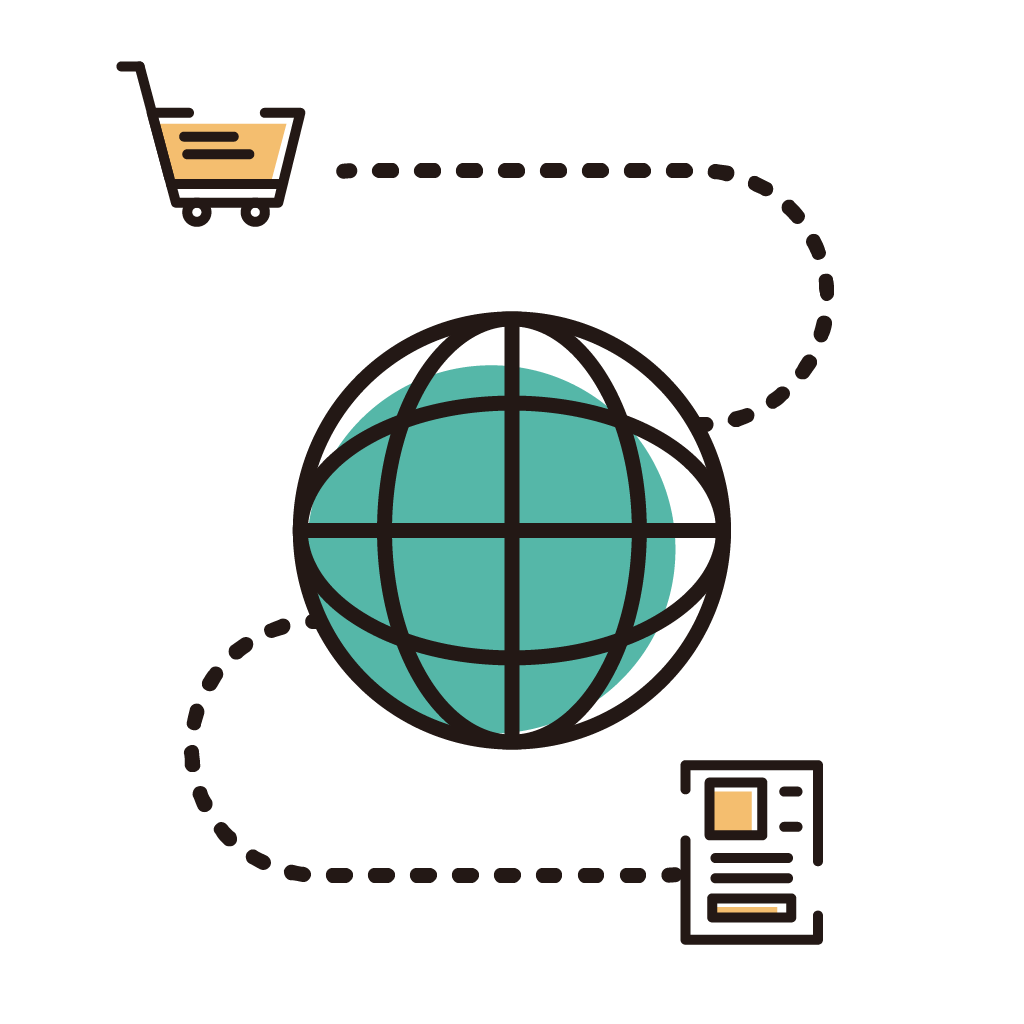The Red Sea crisis has impacted the global supply chain, and container freight rates have risen sharply against the trend. The weekly increase in the Shanghai Export Container Freight Index (SCFI) has hit a seven-year high.
According to the latest data released by the Shanghai Aviation Exchange on December 22, the SCFI index continued to rise by 161.47 points last week to 1254.99 points, setting a one-and-a-half-year high since June 2022; the weekly increase further expanded to 14.76%, which is also the highest since 2016. With the largest increase in a single week, the four major ocean routes have all increased, and the freight rate of the European line has begun to soar to nearly US$1,500.
Last week, the freight rate per FEU from the Far East to the US West line increased by US$36 to US$1,855, a weekly increase of 2%; the freight rate per FEU from the Far East to the US East Line increased by US$177 to US$2,982, a weekly increase of 6.3%. The freight rate per TEU from the Far East to Europe line increased by US$468 to US$1,497, a weekly increase of 45.48%; the freight rate per TEU from the Far East to the Mediterranean line increased by US$485 to US$2,054, a weekly increase of 30.91%.
On the near-ocean line, the freight rate per TEU from the Far East to Kansai, Japan, remained unchanged from the previous week at US$299; the freight rate per TEU from the Far East to Kansai, Japan fell by US$1 from the previous week to US$306; the freight rate per TEU from the Far East to Southeast Asia was US$306. It increased by US$5 from the previous week to US$207; the freight rate per TEU from the Far East to South Korea increased by US$1 from the previous week to US$138.
Industry analysts pointed out that after being attacked, Maersk and other major container shipping companies have successively changed their transportation routes to avoid the Red Sea and Suez Canal. As of December 21, 158 container ships have detoured around the Cape of Good Hope in Africa, with a product value of up to US$105 billion. , the freight rates of some routes in the global shipping market have soared by 40%, and at the same time they are facing the nightmare of supply chain interruption and increasing inflation.
Under the influence of this sharp rise in the Red Sea, the annual growth rates of major routes such as Europe, the Western United States, and the Mediterranean reached 42.7%, 30.82%, and 8.33% respectively, reversing the freight rate trend in one fell swoop. From the slump this year, it bucked the trend and rose to fourth place last year. quarter level.
Industry insiders said that the Red Sea crisis and the Panama Canal navigation restriction order have caused a global shift in the shipping chain. Ships originally scheduled for Asia to Europe and Asia to the East US routes have turned around in order to avoid the dangerous areas of the Red Sea and Suez Canal. The Cape of Good Hope in Africa has lengthened the voyage, greatly increased the investment in shipping capacity, and increased fuel costs by about 30%, pushing up freight rates.
At the same time, cargo owners are also eager to seek multi-connection solutions to maintain the global supply chain. Many goods are first shipped to Dubai by sea and then transported by air to avoid the dangerous areas of the Red Sea and the long-distance voyage to the Cape of Good Hope at the southern tip of Africa, which also drives the Persian Gulf. Routes have increased.
In order to avoid affecting the stocking of higher-priced consumer goods such as consumer electronics and clothing by retail customers in Europe and the Americas, and to increase the demand for air and sea transport, cargo owners in the United States have begun to import goods by sea through the West, and then to New York and other United States via rail or road. Transportation in major cities in the East.
It is estimated that if all container ships originally sailing through the Suez Canal were sailed to the Cape of Good Hope, global container demand would increase by at least 2.5 million TEU, equivalent to approximately 9% of the global fleet.

Shenzhen Xiangfeiyang International Logistics, with many years of experience in air transport, sea transport, and express delivery channels, has maintained close long-term cooperation with various airlines, shipping companies, and the four major express delivery companies. It adheres to the principle of people-oriented and integrity. The company has experienced port Customer service at the front and back ports patiently solves professional shipping problems in international logistics, efficiently tracks cargo information, and strives to build the Xiangfeiyang brand with self-operated and self-controlled air and sea delivery routes in the United States, Canada, the United Kingdom, and Europe. It has more than 10,000 square meters of overseas warehouses in the United States. There are more than 3,000 square meters of overseas warehouses in the UK. Based on the type of goods, product attributes, and timeliness requirements, the country will customize the most suitable logistics plan for customers, so that customers' goods can arrive on time at the scheduled time, and successfully save logistics for customers. Cost, our expertise, your peace of mind!























